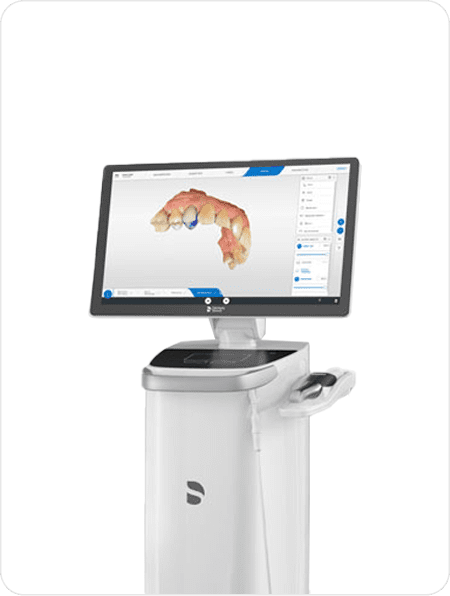- About
- Services
Services
-
General Dentistry
All the dental essentials to keep your teeth and gums healthy and maintain optimal dental health—plus a team of dentists that actually makes you want to come back.
-
Restorative Dentistry
From dental fillings to dental implants, we repair and rebuild smiles so they feel (and function) like new.
-
Cosmetic Dentistry
We help you love your smile again with teeth whitening, subtle tweaks, bold transformations, and everything in between.
-
Oral Surgery & Advanced Care
For more complex dental needs, we offer high-tech, in-house solutions for any dental procedure—often with less downtime and fewer visits.
-
Orthodontics
For more complex dental needs, we offer high-tech, in-house solutions for any dental procedure—often with less downtime and fewer visits.
-
- Blog
- Contact
- Emergency




















